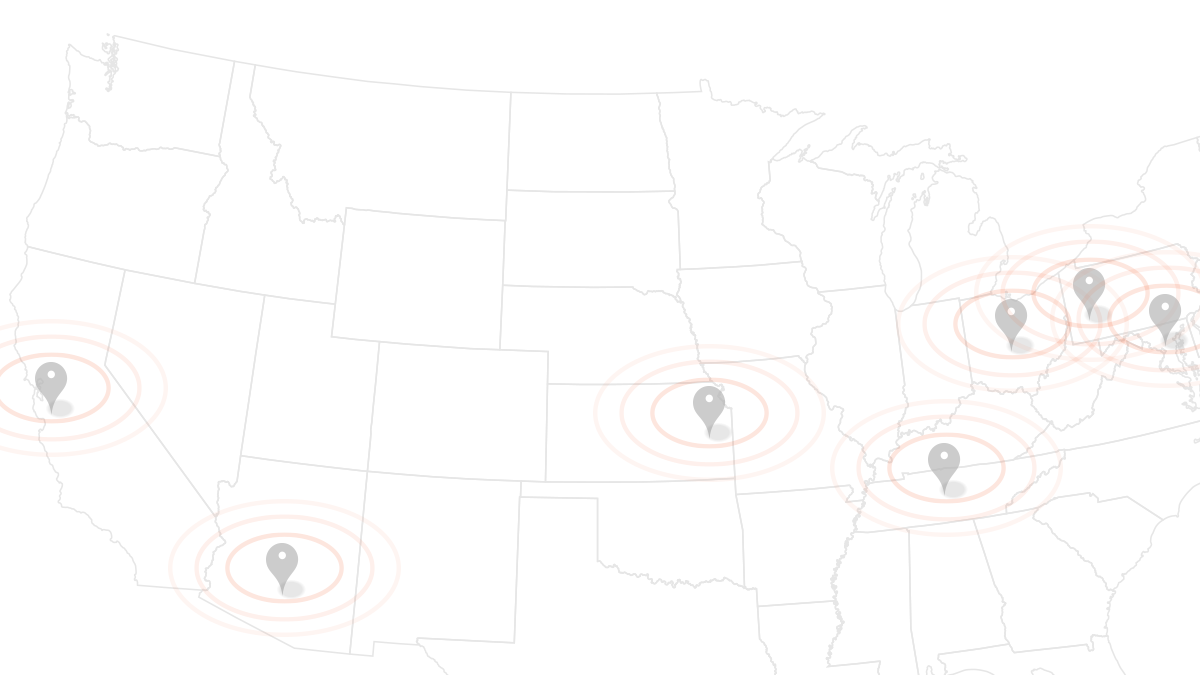You Make Me Tremble: A First Look at Attacks Against Structural Control Systems
|
You Make Me Tremble: A First Look at Attacks Against Structural Control Systems This paper takes a first look at the potential consequences of cyberattacks against structural control systems. We design algorithms and implement them in a testbed and on well-known benchmark models for buildings and bridges. Our results show that attacks to structures equipped with semi-active and active vibration control systems can let the attacker oscillate the building or bridge at the resonance frequency, effectively generating threats to the structure and the people using it. We also implement and test the effectiveness of attack-detection systems. |
 Alejandro Palacio-Betancur is a graduate research assistant at Penn State University. He is currently pursuing a doctoral degree in Civil Engineering with Dr. Mariantonieta Gutierrez Soto as his advisor. His current research interests are Structural Control of Diagrid Structures and Real-time Hybrid simulation.
Alejandro Palacio-Betancur is a graduate research assistant at Penn State University. He is currently pursuing a doctoral degree in Civil Engineering with Dr. Mariantonieta Gutierrez Soto as his advisor. His current research interests are Structural Control of Diagrid Structures and Real-time Hybrid simulation.

 Luis Burbano received a B.S. degree in electronic engineering and an M.S. in computer and electronic engineering from Universidad de los Andes, Bogotá, Colombia, in 2017 and 2019, respectively. He is currently a Ph.D. student of the Computer Science and Engineering Department at the University of California Santa Cruz. His current research interests involve developing strategies to increase resilience against attacks to cyber-physical systems and preserve their privacy.
Luis Burbano received a B.S. degree in electronic engineering and an M.S. in computer and electronic engineering from Universidad de los Andes, Bogotá, Colombia, in 2017 and 2019, respectively. He is currently a Ph.D. student of the Computer Science and Engineering Department at the University of California Santa Cruz. His current research interests involve developing strategies to increase resilience against attacks to cyber-physical systems and preserve their privacy.

 Andrés Niño received a B.S. degree in mechanical engineering in 2021 and another B.S. in electrical engineering in 2022 from Universidad de los Andes in Bogota, Colombia. His past research efforts have focused on increasing robustness against attacks to cyber-physical systems and using Reinforcement Learning in Hybrid simulations. His current research interests involve the use of Artificial Intelligence on smart driving vehicles.
Andrés Niño received a B.S. degree in mechanical engineering in 2021 and another B.S. in electrical engineering in 2022 from Universidad de los Andes in Bogota, Colombia. His past research efforts have focused on increasing robustness against attacks to cyber-physical systems and using Reinforcement Learning in Hybrid simulations. His current research interests involve the use of Artificial Intelligence on smart driving vehicles.


